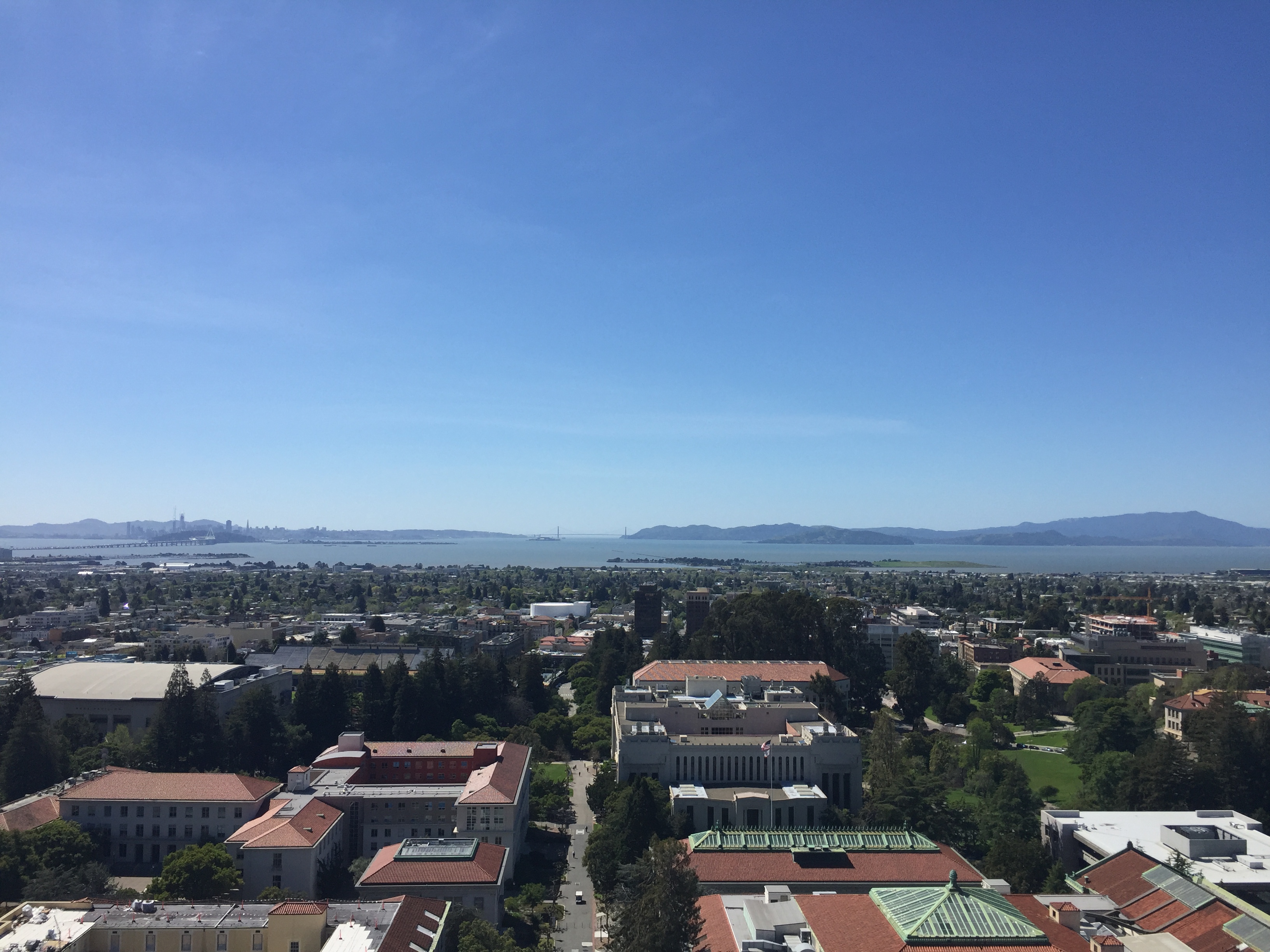
The generation, mobilization, and research use of digital data in the biodiversity sciences is continuing to increase at a rapid pace. This is especially true for paleontology. Within the last half decade of ADBC funding, paleo-related Thematic Collections Network projects have been awarded during four of the six annual award cycles. These collaborations have spurred intense activity in the paleontological community, led the establishment of the iDigBio Paleo Data and Digitization Working Group, fostered several TCN and iDigBio-sponsored paleo-focused digitization workshops, engendered high levels of community participation, and resulted in an important focus on the uses of digital data in paleontological research.
 On March 26-27, 2017 about 60 vertebrate and invertebrate paleontologists, including faculty curators, collections managers, informatics professionals, and approximately 15 graduate students gathered at the University of California’s Museum of Paleontology (UCMP) in Berkeley for iDigBio’s fourth paleo-related workshop, this one dubbed Digital Data in Paleontological Research (https://www.idigbio.org/wiki/index.php/Digital_Data_in_Paleontological_Research). The workshop’s primary goal was to carry participants beyond digitization and into methods and issues in using the digital data that the community is producing. Subgoals were to update participants on the latest developments with paleo-related data projects, explore the challenges of using paleo data in expanded ways, review integrated digitization and research workflows, highlight challenges for managing large datasets, and provide time for participants to discuss and record answers to several important questions, to include:
On March 26-27, 2017 about 60 vertebrate and invertebrate paleontologists, including faculty curators, collections managers, informatics professionals, and approximately 15 graduate students gathered at the University of California’s Museum of Paleontology (UCMP) in Berkeley for iDigBio’s fourth paleo-related workshop, this one dubbed Digital Data in Paleontological Research (https://www.idigbio.org/wiki/index.php/Digital_Data_in_Paleontological_Research). The workshop’s primary goal was to carry participants beyond digitization and into methods and issues in using the digital data that the community is producing. Subgoals were to update participants on the latest developments with paleo-related data projects, explore the challenges of using paleo data in expanded ways, review integrated digitization and research workflows, highlight challenges for managing large datasets, and provide time for participants to discuss and record answers to several important questions, to include:
· What are our data gaps and how do we assess what data are still needed?
 · How do we improve our workflows for efficiency and data quality?
· How do we improve our workflows for efficiency and data quality?
· What data are we gathering that do not have consistent standards (morphometric, geochemical, CT, 3D, deep time georeferences, other)?
· How do we deal with irregularities and unevenness of data for addressing paleontological research questions?
· What analytical and computational issues limit the use of digital paleontological data?
· What are the sources of environmental data (climate, soil, hydrology, land use) for the past, present, and future of digital paleontological data, and what are the limitations of these sources?
· Where do we go from here, especially in the development of research tools and training?
· What potential is there for collaboration between museums, researchers, and citizen scientists?
· What research is on the horizon that is particularly apropos for digital data?

The workshop planning and logistics team included Pat Holroyd and Erica Clites from UCMP, Talia Karim from University of Colorado, Boulder, and Gil Nelson, Jill Goodwin, and Kevin Love from iDigBio. Recordings of the sessions and pdfs of the presentations are posted on the workshop wiki (https://www.idigbio.org/wiki/index.php/Digital_Data_in_Paleontological_Research).







